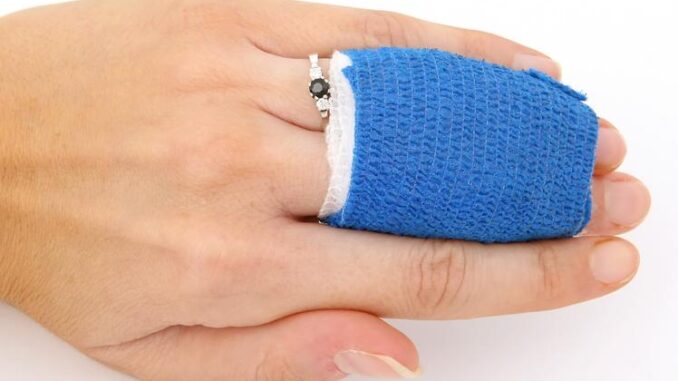
Wound care treatment is an intricate and active process of replacing damaged body tissues and cellular structures. Damage of this body tissues and cellular structures can be caused in various ways such as underlying diseases, falls and accidents by different objects, whether sharp, blunt or projectile. Wounds are injuries that cause internal or external breaking of body tissue.
Wounds can be classified in several ways depending on the healing time, the cause, site, and depth and the resulting injury. Therefore the types of wounds include:
- Open or Closed Wounds
Wounds, where there is visible underlying tissue/ organs and is open to the environment, are identified as open wounds. Examples of penetrating wounds are Punctures caused by a piercing causing a small hole in the tissues and Avulsions caused by a tearing force where tissue is detached completely. On the other hand, wounds without any exposure to the underlying tissue and organs are closed wounds. Examples of non-penetrating wounds are: Abrasions caused by scraping the skin on a rough surface, Incisions caused by a cut from a sharp object and Lacerations caused by irregular blunt object tearing the body tissues
- Chronic or Acute Wounds
Classifying a wound as either acute or chronic will depend on how long it takes for the wound to heal. Wounds that heal without complications and in an estimated time are acute and wounds that take quite a long time to heal with complications are chronic wounds such as pressure injuries and diabetic ulcers.
- Contaminated or Clean Wounds
Wounds that lack any debris or foreign material inside are clean whereas infected wounds or contaminated wounds are wounds that might have some bacteria or other foreign materials.
- External or Internal Wounds
Internal wounds occur because of impaired circulation, neuropathy, medical illness, nervous system functions, decreased blood supply, oxygen and other nutrients while external wounds can ensue because of an outside trauma becoming non-penetrating or penetrating trauma.
Since wounds are of different kinds, it means that there will be a variety of ways in treating each of them according to the extent of damage the tissues have undergone. Wound care treatment generally requires a physician to inspect the wound to decide what kind of treatment is the best.
Treatment of wounds can happen in various ways:
- Sutures or stitches to close the two edges together hence healing is possible with minimal scars.
- If they are small wounds then physicians can use skin glue to close the two edges.
- If they are wound infections such as cellulitis or gangrene, treatments will entail treating with penicillin intravenously or removing the infected tissue surgically. Sometimes the surgical process may be necessary.
- For minor cuts the healing is faster when left uncovered.
Wounds that do not seem to heal are quite painful and unbearable and may lead to infections, amputation or even illness. Therefore it is recommended to diagnose the degree of the wound with the help of a good physician and get a treatment plan which is individualized and works for you.
